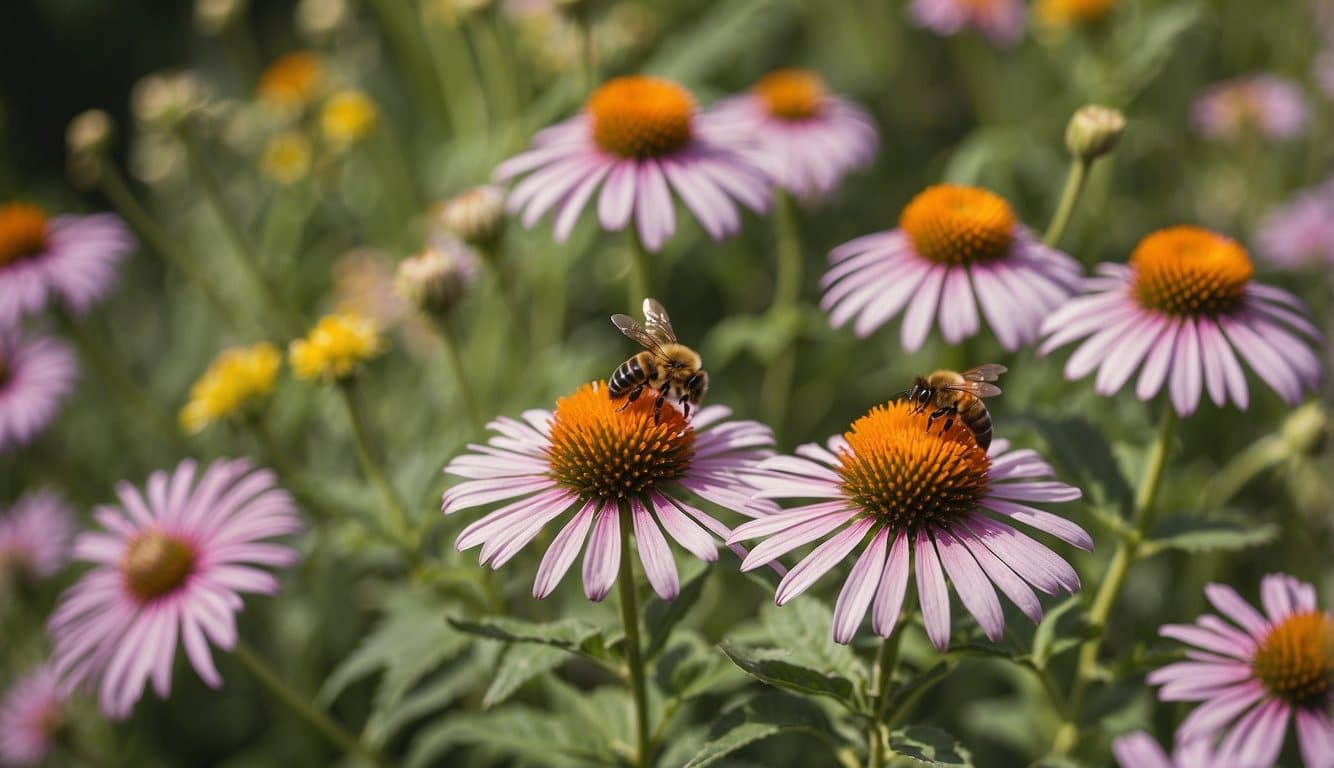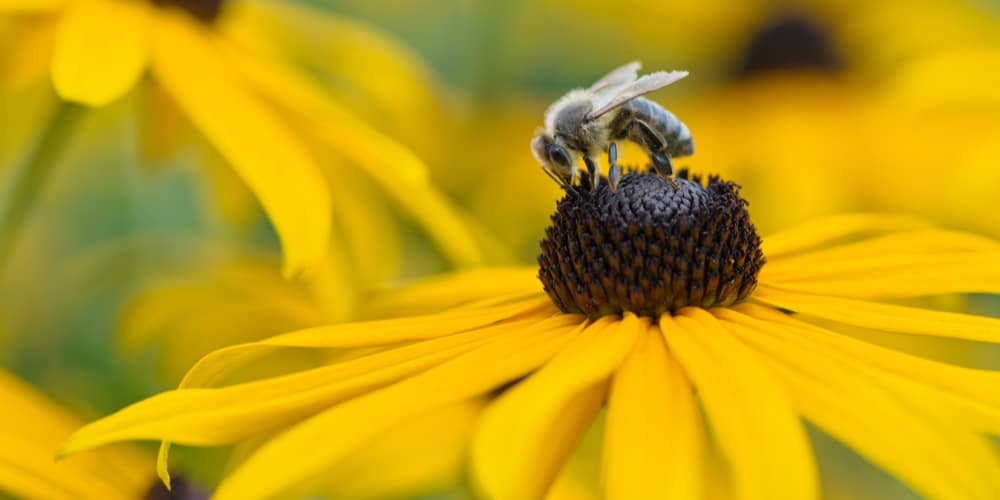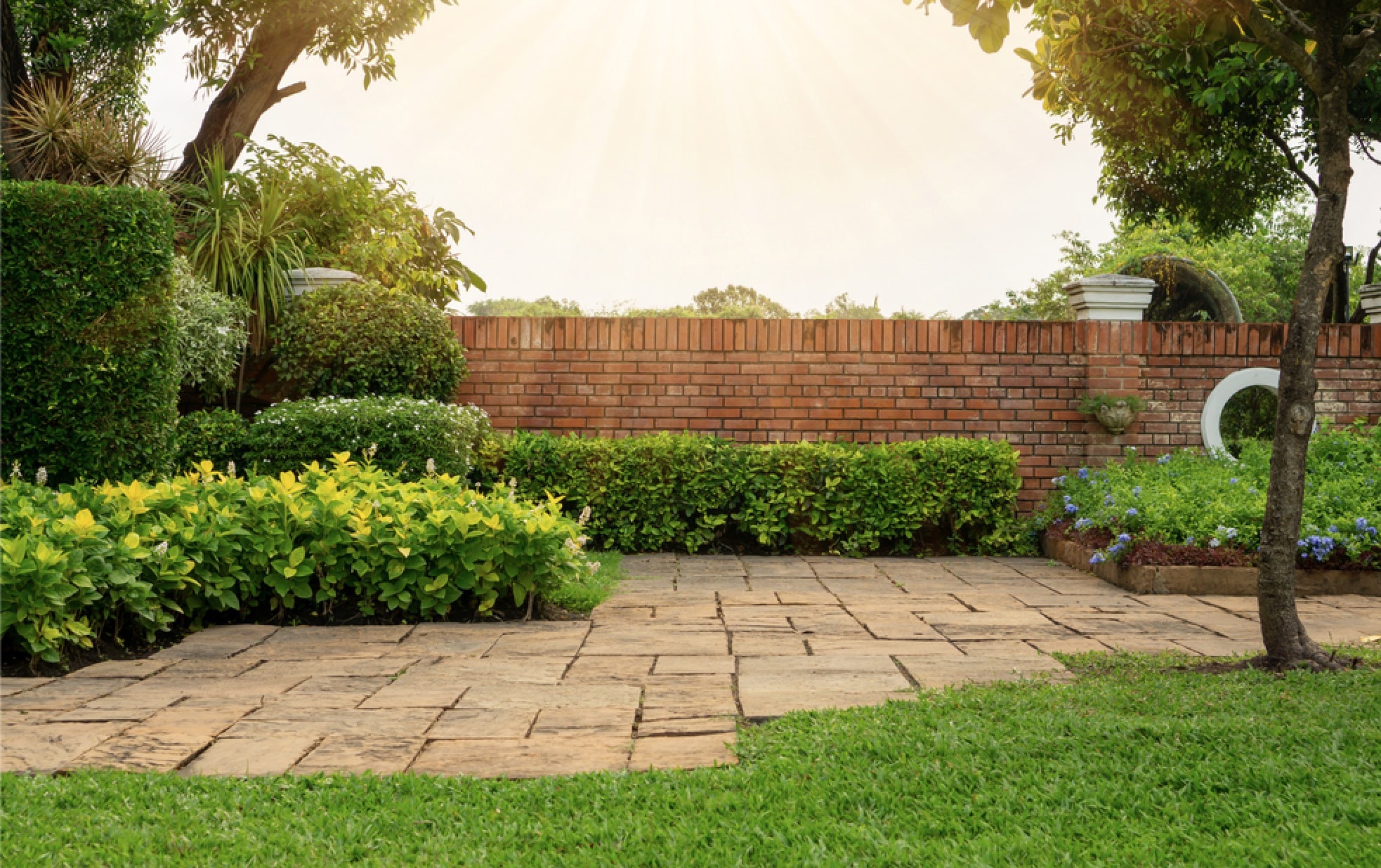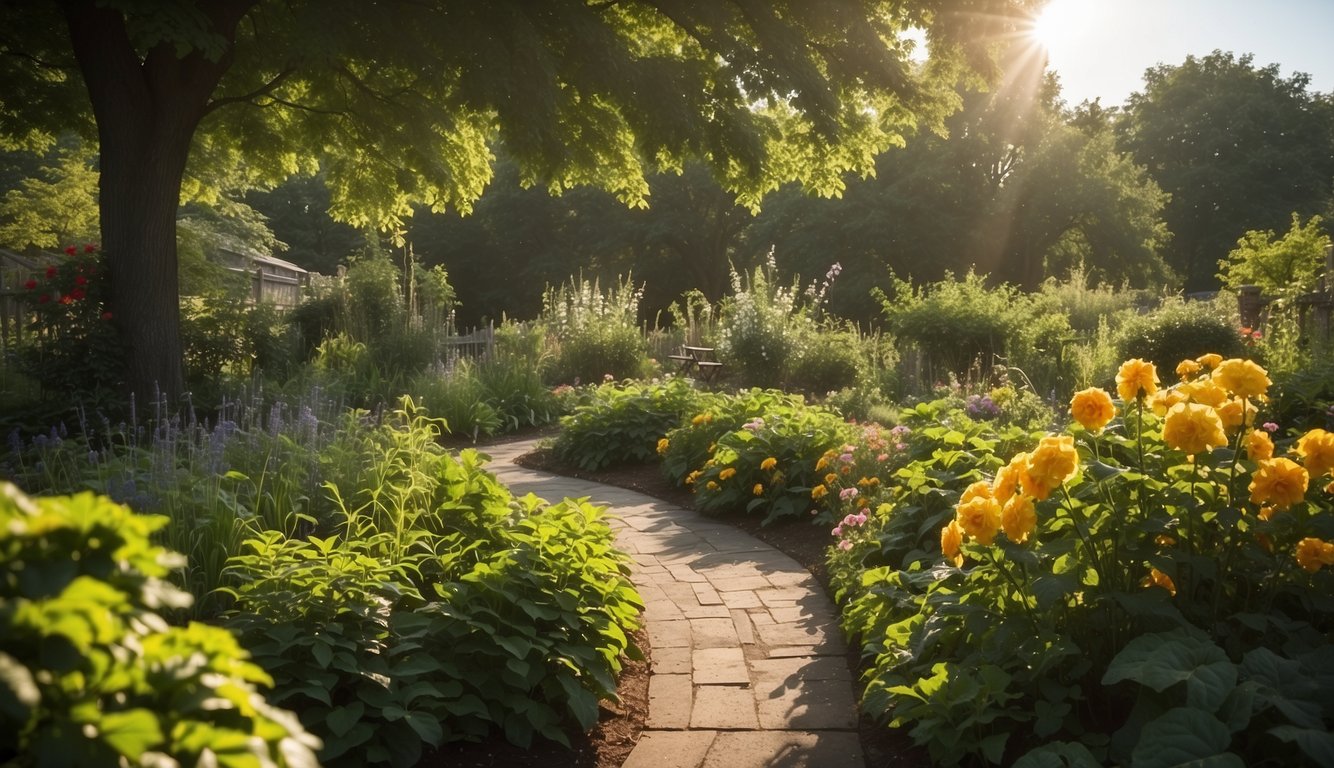Understanding Pollination and Its Importance

Pollination is a critical natural process you should understand when starting a pollinator garden in Illinois. It involves the transfer of pollen from the male parts of a flower (stamens) to the female part (stigma) of the same or another flower.
This process is essential for the reproduction of many plants and the production of fruits and seeds.
Key Components of Pollination:
- Pollen: Microscopic grains needed for fertilization
- Stamens: Male reproductive organs of a flower
- Stigma: Part of the female reproductive organs where pollen must land
Pollinators: Vital Players
Your garden’s success hinges on pollinators, creatures that carry pollen between flowers. In Illinois, common pollinators include bees, butterflies, birds, and bats.
- Bees: Recognized as top pollinators due to their pollen-carrying capabilities
- Butterflies: Attracted to vibrant flowers and contribute significantly to pollination
- Birds and Bats: Assist in pollination, especially hummingbirds and nectar-feeding bats
Why is Pollination Important?
- Biodiversity: Pollination leads to the production of seeds, enabling plant diversity.
- Food Supply: Many crops depend on pollinators, affecting food availability.
- Ecosystems: Pollinators sustain ecosystems by helping plant communities thrive.
Planning Your Pollinator Garden
Creating a flourishing pollinator garden in Illinois requires careful planning.
You need to select a suitable location, ensure your soil and sunlight conditions are favorable, and design your garden to cater to local pollinators.
Choosing a Location
Identify a spot in your yard that is relatively easy to access and maintain. This area should be away from strong winds which might discourage pollinators from visiting.
Avoid places near pesticide use to safeguard the pollinators’ health.
Analyzing Soil and Sunlight Conditions
Soil quality is paramount for plant growth.
Perform a soil test to determine pH levels and nutrient content. For most pollinator-friendly plants, aim for a pH between 6.0 and 7.0.
Sunlight is just as crucial; most pollinator plants need full sun, which is 6 or more hours of direct sunlight per day.
- Full Sun: 6+ hours of direct sun (suitable for many blooming perennials)
- Partial Sun/Shade: 3-6 hours of sun, preferably in the morning
- Full Shade: Less than 3 hours of direct sun
Garden Design Principles
Craft your garden with both aesthetics and functionality in mind.
Use curves and heights to create visual interest. Planting in clumps rather than singly can more effectively attract pollinators while providing the shelter they need.
Incorporate a diversity of plant species to ensure a range of blooms throughout the growing season.
- Plant in Clumps: Better for attracting and providing for pollinators
- Vary Plant Heights: Creates depth and appeal
- Diverse Species: Ensures continuous bloom and support for a variety of pollinators
Selecting Pollinator-Friendly Plants for Illinois
Creating a vibrant and beneficial pollinator garden in Illinois relies on incorporating a variety of plants that attract and sustain pollinators throughout the seasons.
The right mix of native perennials, annuals, biennials, and trees and shrubs can provide a continuous source of support for local pollinator populations.
Native Perennial Flowers
Native perennials are the backbone of a pollinator garden, offering long-lasting resources over many years. Consider these robust options:
- Purple Coneflower (Echinacea purpurea): Thrives in full sun and well-drained soil, adored by bees and butterflies.
- Wild Bergamot (Monarda fistulosa): Displays purple-pink flowers that are magnets for a wide range of pollinators.
Annuals and Biennials
To fill gaps in bloom times or add a splash of color, these plants are your go-to:
- Sunflower (Helianthus annuus): Its large, bright faces are irresistible to bees and birds alike.
- Black-Eyed Susan (Rudbeckia hirta): A biennial that often acts as an annual with its quick growth and generous flowering.
Shrubs and Trees
Shrubs and trees play a crucial role, providing shelter and additional food sources for pollinators:
- Butterfly Bush (Buddleia davidii): Though not native, it’s a popular choice known for its nectar-rich blooms.
- Redbud (Cercis canadensis): A native tree that fascinates bees with its early-spring blossoms.
Garden Maintenance and Care
Keeping your pollinator garden thriving involves regular monitoring and a hands-on approach to water, nutrition, and overall health of your plants.
Watering and Fertilization
Watering should be done deeply and infrequently to encourage strong root growth. Most native plants will require less water, adhering to the natural rainfall of Illinois.
Aim for about one inch of water per week, either via rain or supplemental watering.
Fertilization isn’t usually necessary for native plants, as they are adapted to the local soil conditions.
However, if growth is poor, a slow-release, low-nitrogen fertilizer can be used sparingly.
Pest and Disease Management
Regularly inspect your plants for signs of pests or disease.
Identify the issue and respond with targeted, eco-friendly treatments to minimize harm to pollinators.
Introduce beneficial insects, such as ladybugs or lacewings, to manage aphid populations, and use neem oil as a natural treatment for various pests and fungal diseases.
Seasonal Upkeep
Spring: Prune dead stems and clear debris to make way for new growth.
Summer: Mulch to retain soil moisture and suppress weeds.
Fall: Leave seed heads and plant stalks as they provide food and shelter for wildlife.
Winter: Plan any garden alterations or plant additions for the coming season, taking into consideration the mature sizes and spacing requirements of plants to prevent overcrowding.
Frequently Asked Questions
In this section, you’ll find answers to common questions about starting a pollinator garden in Illinois. These insights will help you create a thriving habitat for pollinators with the right plants and practices.
What are the ideal native plants to attract pollinators in Illinois?
Your garden will become a hub of pollinator activity by incorporating native plants like purple coneflower, wild bergamot, and black-eyed Susan. These are known to attract a variety of pollinators including bees, butterflies, and birds due to their rich nectar and pollen sources.
How can one certify their garden as a pollinator-friendly habitat in Illinois?
To certify your garden as pollinator-friendly, you can apply through programs such as the University of Illinois Extension’s pollinator pocket program. Certification often involves creating a garden that provides food, shelter, and breeding grounds for pollinators.
What are the best practices for designing a pollinator garden layout?
Design your pollinator garden by grouping similar plants together to create a “target” for pollinators to see from the sky.
Also, include a range of flower shapes and sizes to cater to different species, and ensure blooms are present from early spring to late fall.
Which plants are suited for shaded areas in Illinois pollinator gardens?
For shaded areas, consider plants like Virginia bluebells and red columbine. These species thrive in lower light conditions and still provide the necessary resources for local pollinators.
How can someone participate in the Illinois pollinator program?
To participate, you can engage with local conservation groups or the Illinois Department of Natural Resources. They often offer resources, workshops, and community projects focused on pollinator conservation.
What are the essential elements needed to establish a pollinator garden?
A successful pollinator garden requires diversity in plants, a source of water, and areas for nesting and shelter.
Additionally, it’s crucial to avoid pesticides, which can harm the pollinators you’re trying to attract and support.


